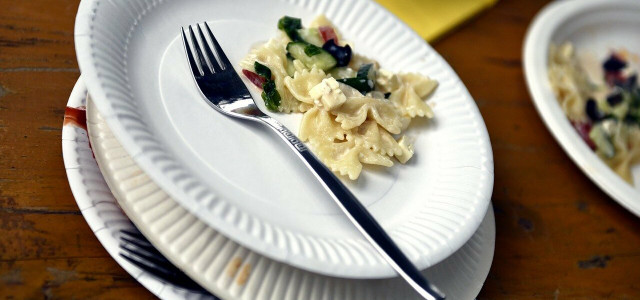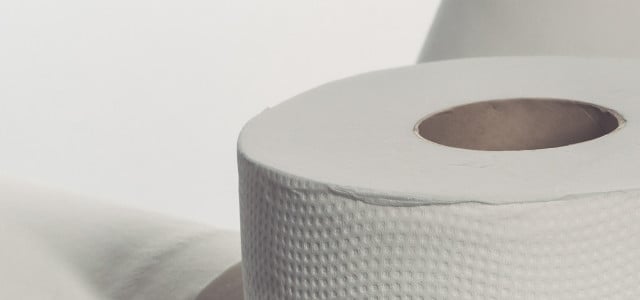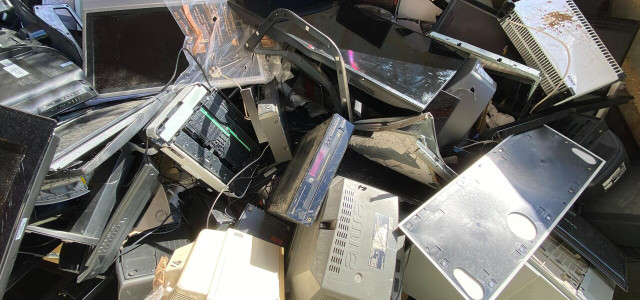America has a long way to go when it comes to recycling, at home and beyond. Here we dispel myths and provide practical tips for upping your recycling game.
Soiled containers, plastic tape stuck everywhere, bathroom-product neglect — no matter your intentions, you’ve probably made at least some (and quite possibly all) of these common recycling errors. But there’s really nothing to be ashamed of. Recycling is confusing. Correct methods vary greatly across the country, and education on the subject is sorely lacking at all levels.
That is not the fault of the everyday person. Most Americans want to recycle correctly but believe a lack of knowledge stops them from doing so. It should be up to governments, agencies and the people in power to present this information in a straightforward and accessible way. However, in much of the world, that is not the case. Until then, it’s up to us to understand how to recycle in a way that helps — rather than exacerbates — the problem.
Why Do We Need to Get Better at Recycling?
Time for some home truths.
Despite being home to only four percent of the global population, the US produces more than 12 percent of the planet’s trash. In 2018, the US threw out over 292 million tons of municipal solid waste. Of this, 62 percent went to landfill — including 91 percent of plastic.
Here are just a few reasons to try harder:
Global warming pollution
Almost half of all US greenhouse gas emissions arise from the creation or disposal of goods. That includes extracting the materials, processing them, transporting the goods and then dealing with them as trash. (That’s why you should always reduce, reuse, recycle — in that order.)
In 2020, Environmental Protection Agency estimated US greenhouse gas emissions to have totaled 5,222 million tons of carbon dioxide and equivalents. Furthermore, landfills are the largest source of human-caused methane, a greenhouse gas 21 times more potent than carbon dioxide.
Water contamination
Water that seeps through landfills (leachate) escapes into the environment and our water supplies, taking toxic landfill constituents with it.
But it doesn’t just get into our clean water supplies. An estimated 16.5 million tons of plastic wash into the ocean every year. This plastic persists for hundreds, if not thousands, of years. It kills marine life in myriad ways: strangling, poisoning, obstructing their airways, and so on. In fact, marine debris is considered the single greatest threat to global biodiversity.
Money
In addition to the fact that not recycling is doing irreparable harm to our planet, consider the economics. The financial burden of trash, not to mention the toll that greenhouse gases and climate change put on our economy, is enormous. Making and selling recyclable materials is still cheaper than making and disposing of new products, even when the extra cost of collecting and processing recyclables is factored in. Recycling costs roughly $25 per ton compared to landfilling’s $80 — when workers do not have to waste time sorting through incorrectly recycled refuse. That’s a big difference.
That is money that could go back into the economy, back into local communities, and back into people’s pockets. It’s money that could go towards making infrastructure and services better and improving standards of living.
Without further ado, here are 9 common recycling mistakes to look out for.
1. Putting Certain Plastic Items Out for Curbside Pickup
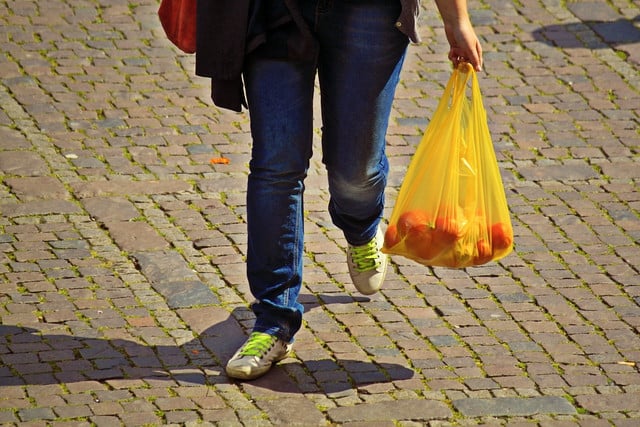
(Foto: CC0 / Pixabay / cocoparisienne)
Can you recycle plastic bags? Most people don’t really know how to recycle plastic. Plastic items such as shopping bags, wraps, films like saran wrap and styrofoam can’t be recycled with your trash for curbside pickup. Adding these items to your recycling spoils the rest of the recycling and requires time to sort out manually.
Instead, take these items to specified stores (including Kroger, Safeway, Target and Walmart) where they collect plastic items for recycling. Look out for the How2Recycle Store Drop-Off label — any item that has it can be recycled like this.
2. Buying Black Plastic
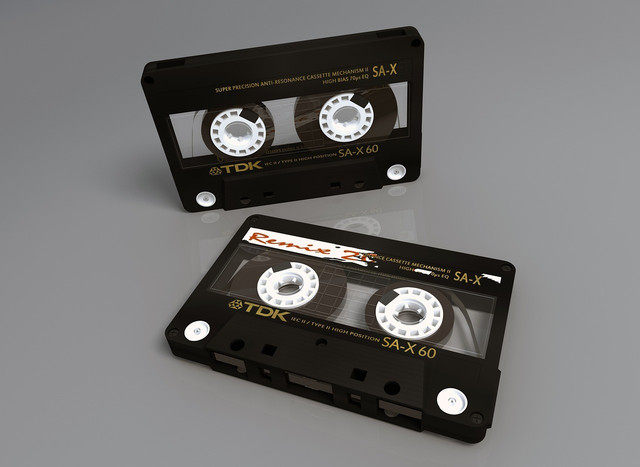


(Foto: CC0 / Pixabay / Amigos3D)
At recycling plants, recycling is sorted by machines that use near-infrared technology to detect and remove garbage. It works via sensors that identify the colors and light reflected from different materials. These machines save thousands of hours of manual labor and make the entire recycling process easier and cheaper to run.
However, this technology can’t detect black-colored items. That essentially makes black plastic, commonly used in cleaning equipment and food containers, invisible to most recycling plants. Consequently, most of the time, it gets filtered out and put into landfill rather than recycled, or it gets mixed up with bundles of other material, making those unable to be recycled. This makes black plastic especially bad for the environment. Avoid items made from black plastic where possible, and if you do end up with some, try to reuse it as much as possible before throwing it in the trash, not the recycling.
Hopefully this will change (at least in part) soon, as companies such as Henkel develop fully-recyclable black plastic packaging! Look out for it in Bref brand toilet cleaning products.
3. Not Recycling Wood Properly
Like certain kinds of plastic, wood needs to be recycled at special facilities. You shouldn’t put it out with the rest of your recycling. If you have a lot of wood waste, look online for companies like South Coast Skips that will collect it directly from your doorstep.
Of course, wood is an excellent material to repurpose and, depending on the nature of it, can be easily upcycled.
4. Throwing Pizza Boxes and Paper Plates in the Trash
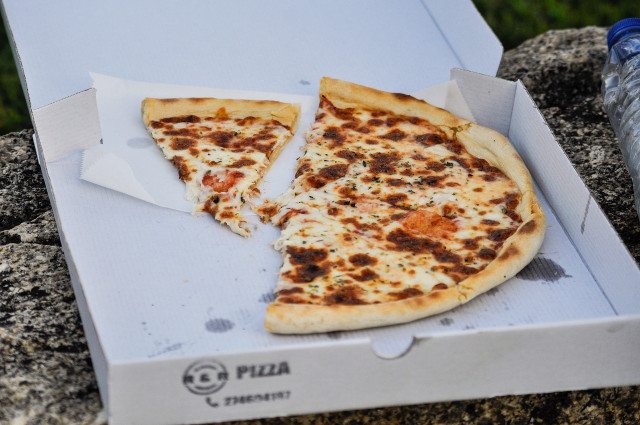


(Foto: CC0 / Pixabay / mac231)
When it comes to how to recycle paper, recycling cardboard is typically one of the most straightforward things to recycle as it can go out for curbside pickup. That includes pizza boxes and paper plates — under certain conditions.
The question is whether the item has food or grease on it. Recycling plants may refuse to take greasy paper, so your best bet is to cut off the soiled part and compost it, then recycle the clean cardboard as you would regular cardboard boxes. This is provided the cardboard doesn’t use any toxic plastic or inks in its design, meaning it should get thrown in the trash.
5. Recycling Paper Towels and Napkins
Despite being made from wood pulp, paper towels and napkins are not recyclable. The process that prepares them for use as household products involves chemicals and pummeling out the natural fibers that would allow them to be made into a new product. That means that not even pure, unused paper towels or napkins can go into the recycling.
We recommend avoiding paper towels and napkins entirely. When at home, use a towel to dry your hands and reusable cloths to dry up any spills. They do a better job of absorbing liquid, anyway! And, when you’re out, try to use a hand-dryer or cloth to dry your hands and take a reusable napkin with you like the good old days. These available at Amazon** are attractive and absorbent.
6. Recycling Glass
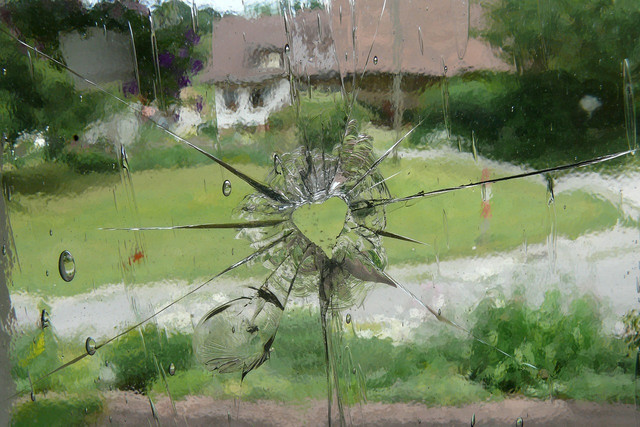


(Foto: CC0 / Pixabay / gere)
Glass is, technically, 100 percent recyclable. However, in the US, it rarely is. According to David Rue, an engineer at the Gas Technology Institute, “The recycling rate discrepancies between the US and other countries result mainly from differences in government policy and consumer education and habits.”
If you’re wondering how to dispose of light bulbs, mirrors, jars and the like, keep in mind that disposing of glass correctly is actually pretty complicated (read the linked article for a full guide). Make sure it’s wrapped up in a (preferably paper) parcel, taped with masking tape. Then, put it in a cardboard box and clearly label it as glass so that no shards fall out and injure a worker.
Broken glass, or easily breakable glass mostly cannot be recycled, but it is worth checking with your local sanitation center.
7. Throwing Electronics in the Trash
The US generated nearly 7 million tons of electronic waste in 2019 alone. That’s roughly 46 pounds per person — annually. Unfortunately, only 15 percent of that is recycled. Not only are electronics usually able to be stripped, refurbished or reused, but hazardous substances in e-waste can pose a serious threat to human and planetary health when not disposed of properly.
The first place you should look when getting rid of refrigerators, TVs, mobiles or other electronics would be places that will refurbish and donate them. Try Goodwill, or look online for places near you, like the World Computer Exchange. If the item can’t be refurbished, then it’s likely the parts can be reused.
8. Throwing Away Batteries
It’s essential that batteries are disposed of properly. They are full of highly toxic materials that can, and do, leak into waterways when incorrectly disposed of. The type and chemistry of your battery will determine how you should recycle it. Here is how to dispose of batteries:
General-purpose batteries: These include AA, AAA, C, and D batteries, usually made of either alkaline or zinc-carbon. The EPA recommends sending these batteries to local reclamation programs or solid waste management.
Lithium batteries: These include button cells, coin batteries and lithium single-use batteries. Never throw these into your trash, as they are the most toxic kind of battery. Instead, find your nearest recycling center and check if they accept lithium batteries.
Rechargeable batteries: Like lithium batteries, these are also highly toxic and should be taken to a recycling facility. Specialized battery recyclers or local electronics stores may also accept them.
9. Not Cleaning Aluminum Foil



(Foto: CC0 / Pixabay / SplitShire)
Many recycling centers will not accept dirty aluminum foil. It doesn’t need to be 100 percent sparkling, but make sure to give it a good rinse before recycling it. It also helps if you scrunch all of the foil you’re recycling into a ball; this will help the center to differentiate it.
Once clean, aluminum foil can also be reused! Try to use it as many times as possible before recycling it. It’s dishwasher safe!
You’ll also find loads of good tips for how to reuse aluminum foil in our article: Aluminium Foil is Recyclable: Here’s How It’s Done
Read more:
- Waste Vegetable Oil (WVO): The New Recycled Fuel?
- Recycling Books: Is It Possible?
- Are Milk Cartons Recyclable? Here’s What You Need to Know
Do you like this post?








